Explore the Best AI Image Gallery

Beyond Pixels: Wearable Tech as a Canvas for Artistic Expression
The realm of creativity has always been intertwined with innovation. From the first brushstrokes on cave walls to the advent of digital tools, artists have continuously sought new ways to express themselves and engage their audiences. Today, wearable technology stands at the forefront of this artistic evolution, offering a dynamic canvas for expression that transcends traditional boundaries.
Wearable tech, encompassing devices like augmented reality (AR) glasses, haptic suits, and interactive clothing, empowers artists to create immersive experiences that blend the physical and digital worlds. Imagine an installation where viewers don AR glasses to interact with virtual sculptures that react to their movements, or a performance where dancers wear haptic suits that translate their choreography into tangible vibrations felt by the audience. These are just glimpses of the transformative potential that wearable tech holds for artistic expression.
Shaping New Forms of Art
The very nature of art is being redefined by wearable technology. Artists are experimenting with:
- Interactive Installations: Imagine an exhibit where viewers actions trigger changes in the environment, creating a dynamic and participatory experience.
- Performance Art 2.0: Wearable sensors can capture artists movements, emotions, or even physiological data, translating these into real-time visual or audio feedback, blurring the lines between performer and audience.
- Augmented Reality Experiences: Artists are using AR to overlay digital elements onto the physical world, creating surreal landscapes or transforming everyday objects into interactive artworks.
- Personalized Art: Wearable tech can generate unique artistic outputs based on user input or biofeedback, allowing for truly personalized and interactive art experiences.
The Ethical Landscape of Wearable Art
As with any emerging technology, the use of wearable tech in art raises important ethical considerations:
- Privacy: Wearable devices often collect personal data. Its crucial to ensure transparency about data collection practices and obtain informed consent from users.
- Accessibility: The cost of wearable technology can create barriers to access, potentially exacerbating existing inequalities in the art world.
- Authenticity: The line between human creativity and AI-generated content becomes increasingly blurred. Its important to have open discussions about authorship and the nature of artistic creation in this new landscape.
Future Trends in Wearable Art
The convergence of wearable tech, artificial intelligence (AI), and blockchain technology will continue to shape the future of art:
- AI-Powered Creativity: AI algorithms can assist artists in generating ideas, designing visuals, or even composing music, pushing the boundaries of artistic expression.
- Tokenized Art: Blockchain technology can enable the creation and ownership of digital artworks that are seamlessly integrated with wearable experiences, opening up new avenues for art trading and distribution.
- Immersive Storytelling: Wearable tech will play a key role in creating immersive and interactive storytelling experiences, blurring the lines between fiction and reality.
The fusion of wearable technology and artistic expression is ushering in a new era of creativity. As these technologies evolve, artists will continue to explore innovative ways to engage audiences, challenge conventional notions of art, and ultimately redefine the very fabric of our creative landscape.








](https://images.ai-img.art/thumbnails/150/85464d88f1d4314cd042a02a6f41440fc3b4343db529794cbe8e6836fdadf409.webp)




](https://images.ai-img.art/thumbnails/150/4a4f2a16da94ebadad64aeb3b0fb4e64d426431f1d651cc4929142c728fe85b7.webp)





](https://images.ai-img.art/thumbnails/150/9127f72c6be19d533c26ac476f4d216cd89a6a2d7c351333489a3eff30c3ec5a.webp)


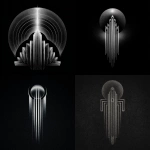





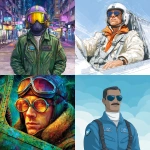



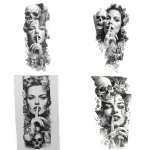
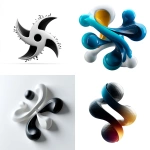
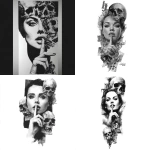
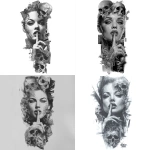


](https://images.ai-img.art/thumbnails/150/37f115f2fa75765b87e6d3e2c9f1b0a80a6a46efa8b864a05278c7fc0a0a62e7.webp)

](https://images.ai-img.art/thumbnails/150/b90a5f332cb5d8f02116934e13abd20233e0eeb2368274dbdffaa2e281e4dff5.webp)


](https://images.ai-img.art/thumbnails/150/336026613fd234b8d6908fe18ecc09b2b2ecf7b8dfe294742041c9862dc499c1.webp)

](https://images.ai-img.art/thumbnails/150/d29fcfc8037938184a641f7980e1102e24a6e82088bc465886d26ffe5bb006c7.webp)
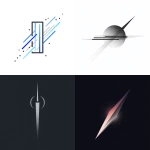

](https://images.ai-img.art/thumbnails/150/24610c8978ce6b4f1ced8639b434482871adb07e38af8b90cd535f2533bf18cc.webp)
